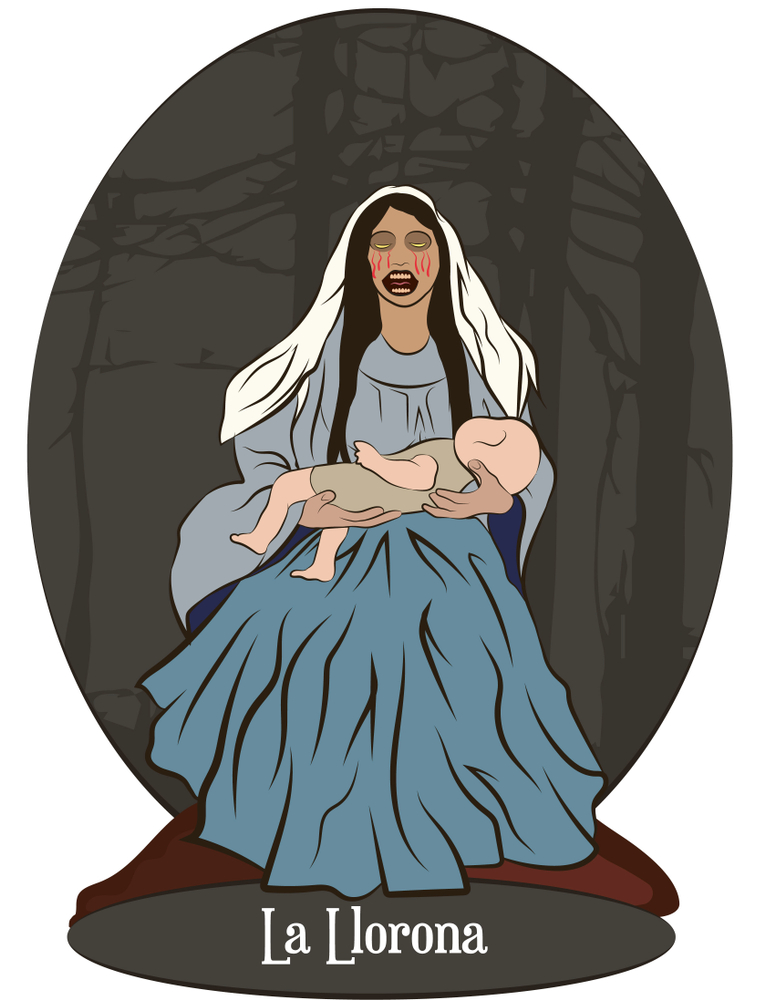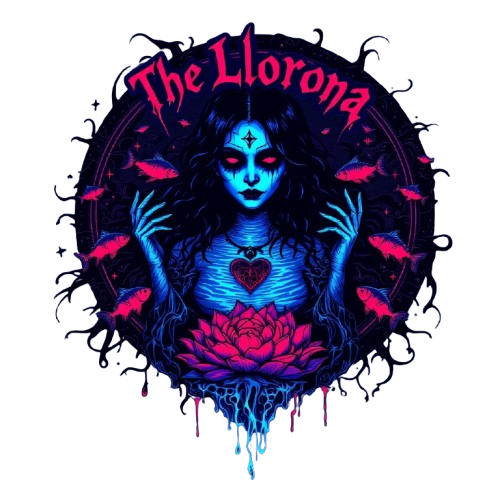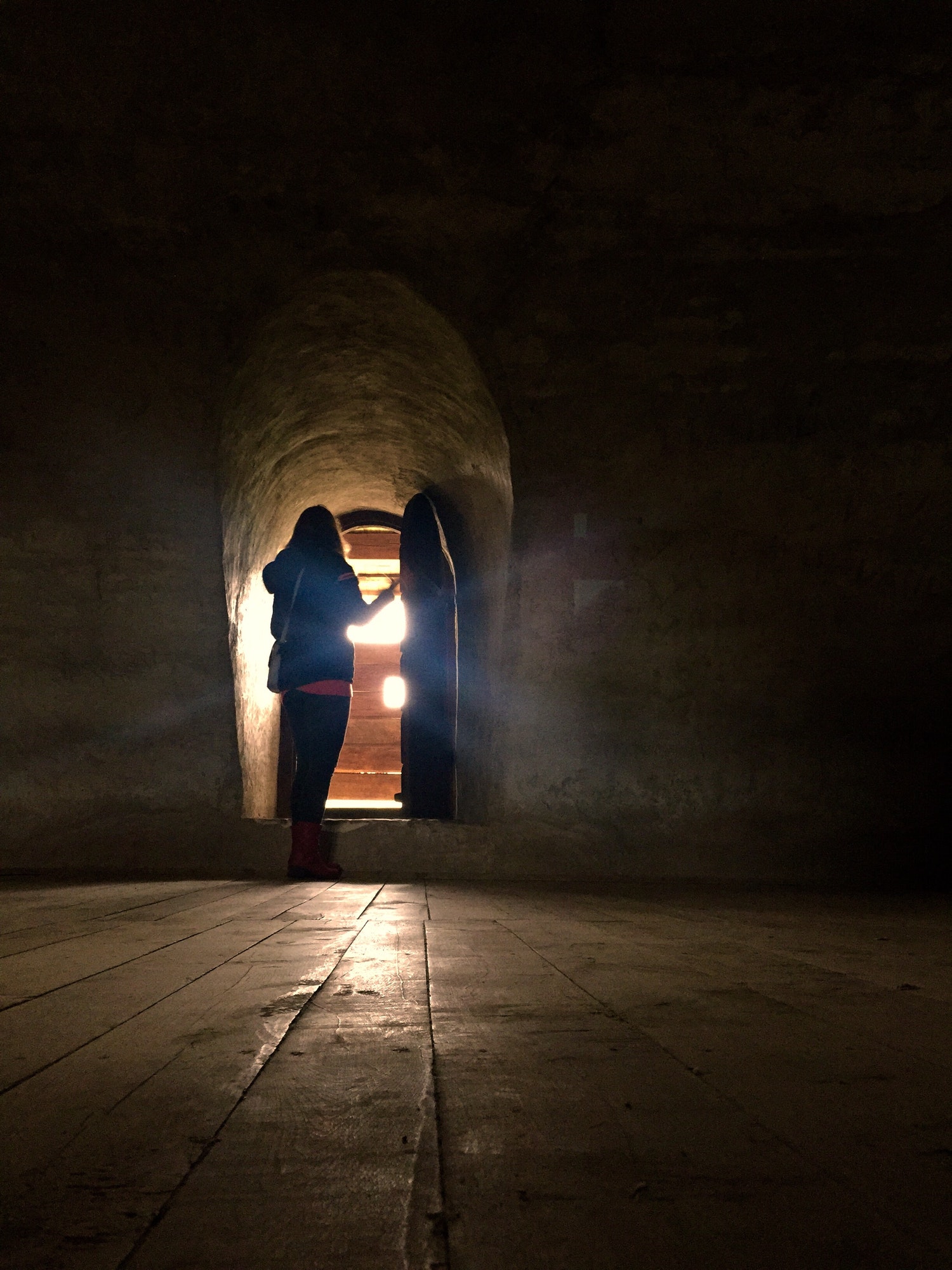
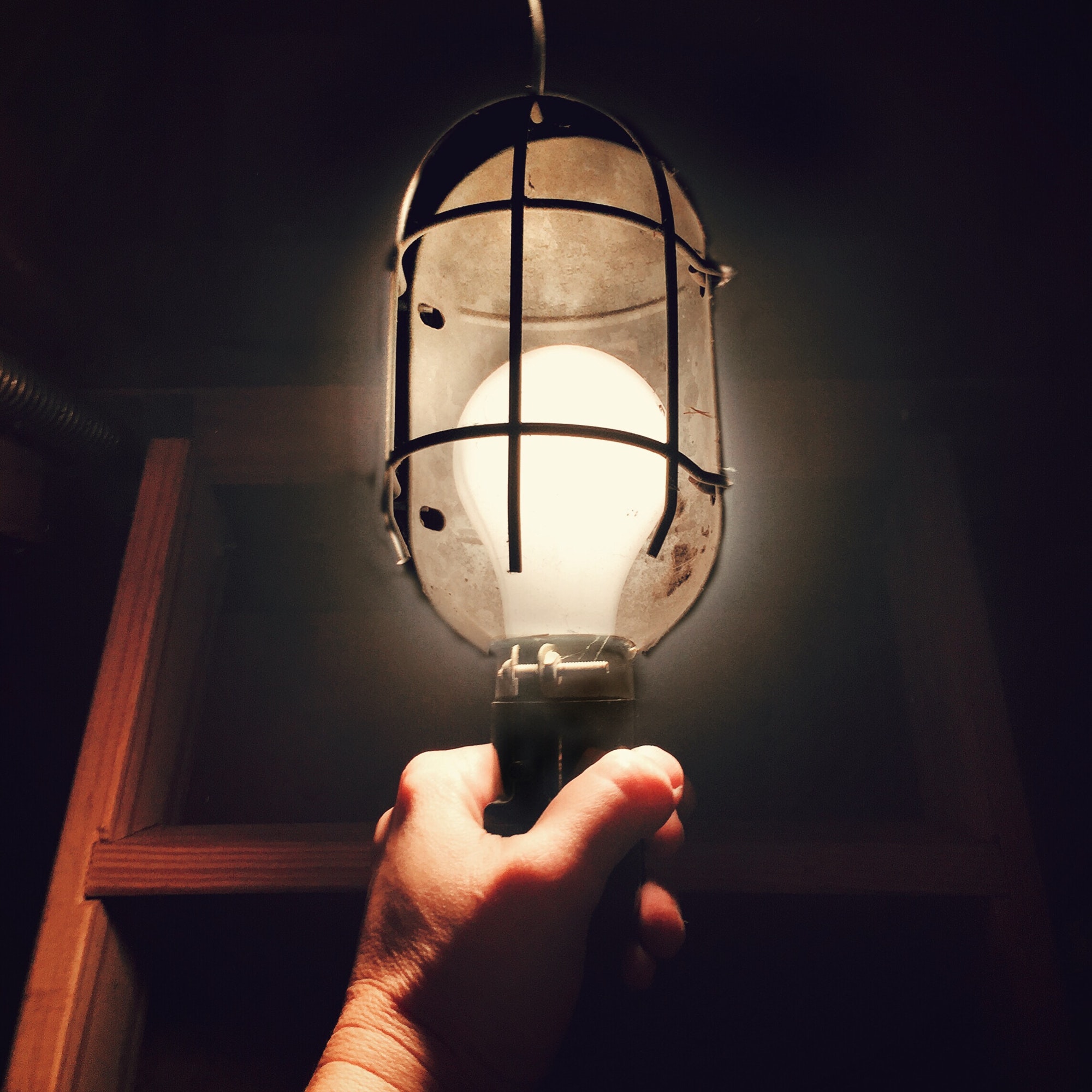
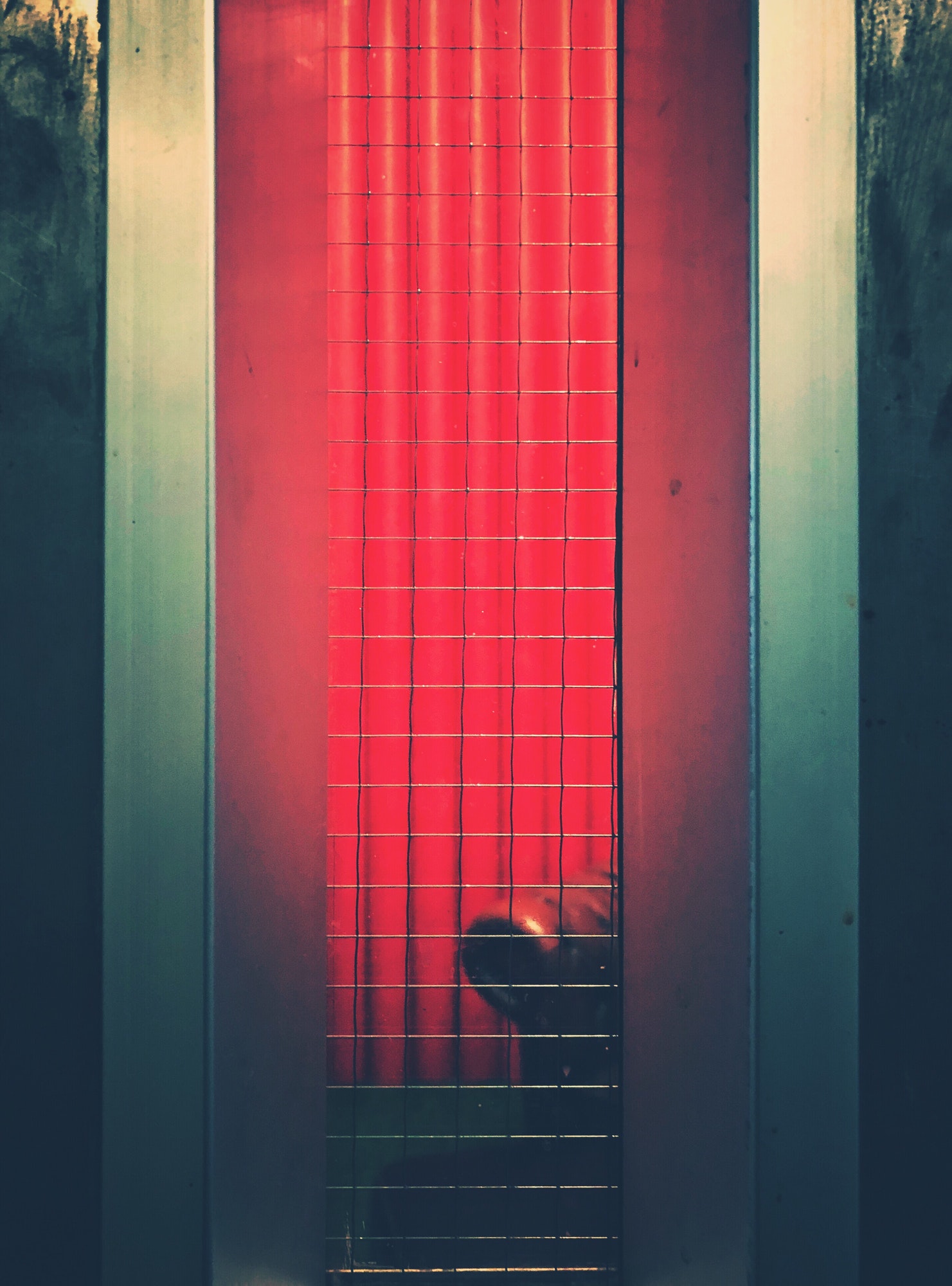
More Than
The Legend of La Llorona
Welcome to La Llorona TV, the home of haunting stories, chilling folklore, and timeless legends. For centuries, people across Mexico, Central America, and the American Southwest have whispered of La Llorona The Weeping Woman. Now, we bring her tale to you in a new light: through stories, history, and cultural exploration.
For centuries, the chilling cry of La Llorona has echoed through rivers, valleys, and streets across Latin America. At La Llorona TV, we bring this timeless legend to life through storytelling, history, and media that honor her sorrow and power.
- Legends & Folklore
- History & Culture
- Film & Media
- Community Voices
- Exclusive Content
No matter where you go from small villages in Mexico to cities in the United States the story of La Llorona is told. Some say she appears in a flowing white gown, others swear they’ve heard her cries at midnight near rivers and lakes. Children are warned not to wander too far, and adults cross themselves when they hear a sound that could be her wail: “Ay, mis hijos!”
Why La Llorona Still Haunts Us
The power of La Llorona lies not only in her ghostly form but in what she represents. She is grief, regret, and tragedy emotions that transcend generations
Community Invitation
At La Llorona TV, we want to hear how the legend lives where you are. Share your version, send us your story, or even record your own retelling.
The night listens. Will you
Join us on La Llorona TV and uncover why this legend has haunted hearts for generations. From folklore to film, from whispered warnings to full-screen stories the weeping woman lives on.

Years

Variations

Films & Shows

Songs & References
Countless Sightings
From rivers in Mexico to creeks in New Mexico and Texas, countless witnesses claim to have heard or seen La Llorona wandering at night
The Legend Retold
La Llorona — The Weeping Woman is said to wander rivers, lakes, and streets at night, searching for her lost children. Some hear her sobbing in the distance, others swear they’ve seen her pale figure in a flowing white gown. Her wails, “¡Ay, mis hijos!” (“Oh, my children!”), pierce the silence of the night and strike fear into those who listen.
The tale changes from place to place:
In some stories, she drowned her children in a moment of despair.
In others, they were taken from her, and she searches for them eternally.
Some portray her as vengeful, punishing the unfaithful and careless.
Others see her as a tragic, protective spirit, warning children of danger.
What never changes is her cry a sound that chills the bones and reminds listeners of grief and regret.
The central theme of her legend is regret. Whether she drowned her children in rage, despair, or accident, she suffers endlessly for it. Her punishment is eternal she cannot rest until she finds them. This makes her both terrifying and sympathetic: a monster to some, a grieving mother to others.
La Llorona endures because she represents feelings that never fade: grief, guilt, betrayal, and love. Everyone who hears her story can relate to loss and everyone fears the sound of sorrow that cannot be silenced.
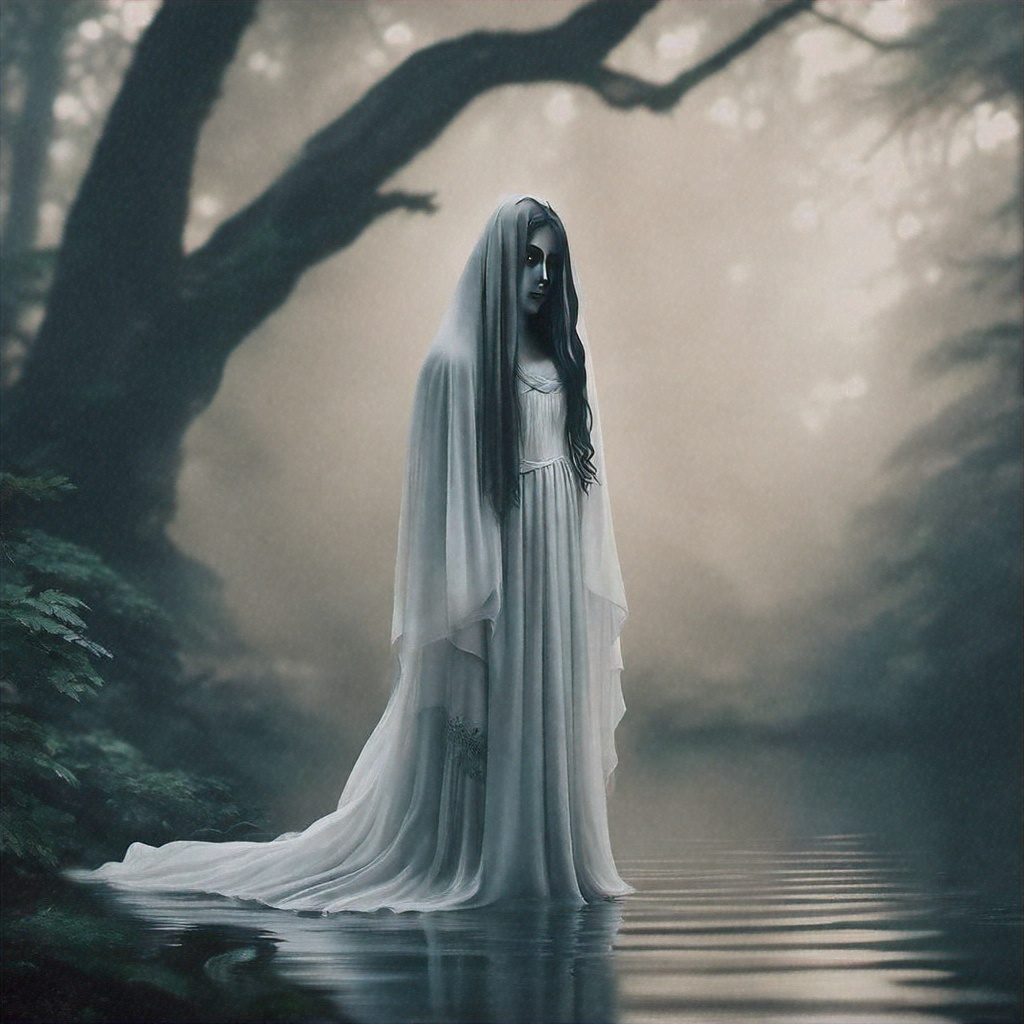
How It Started
The cry of La Llorona did not appear overnight it was born from centuries of myth, history, and cultural memory.
-
Ancient Roots in Aztec Mythology
Long before Spanish colonization, the Aztecs told of goddesses like Cihuacóatl a weeping woman who roamed the night, mourning her children and foretelling tragedy. This laid the foundation for what later became La Llorona.
-
Colonial Transformation
When the Spanish arrived, indigenous beliefs blended with Catholic morality. The story shifted into a cautionary tale about sin, betrayal, and punishment, portraying La Llorona as a woman cursed for drowning her children.
-
A Legend That Endures
Passed down through generations, her story spread across Mexico, Central America, and the U.S. Each region added new details but everywhere, she remains the weeping spirit searching for her lost children.
